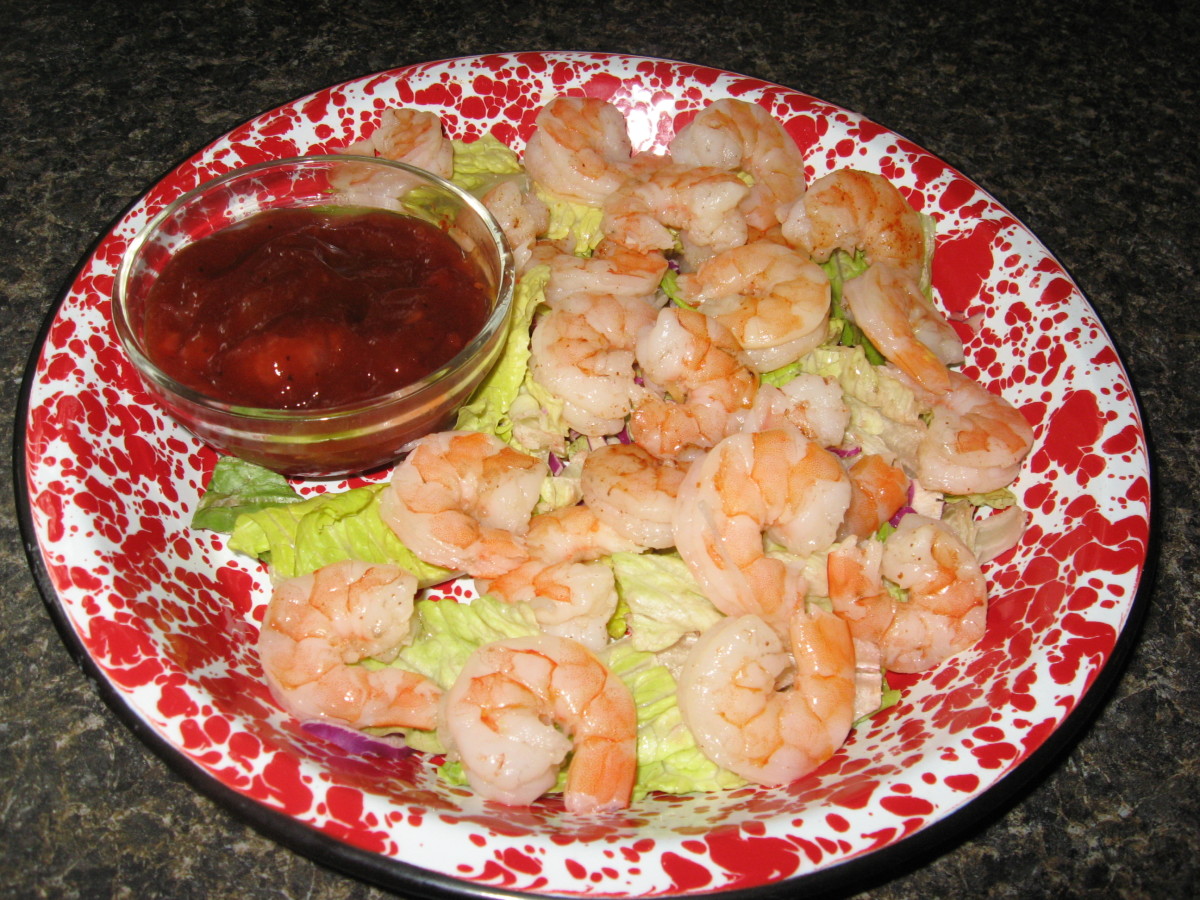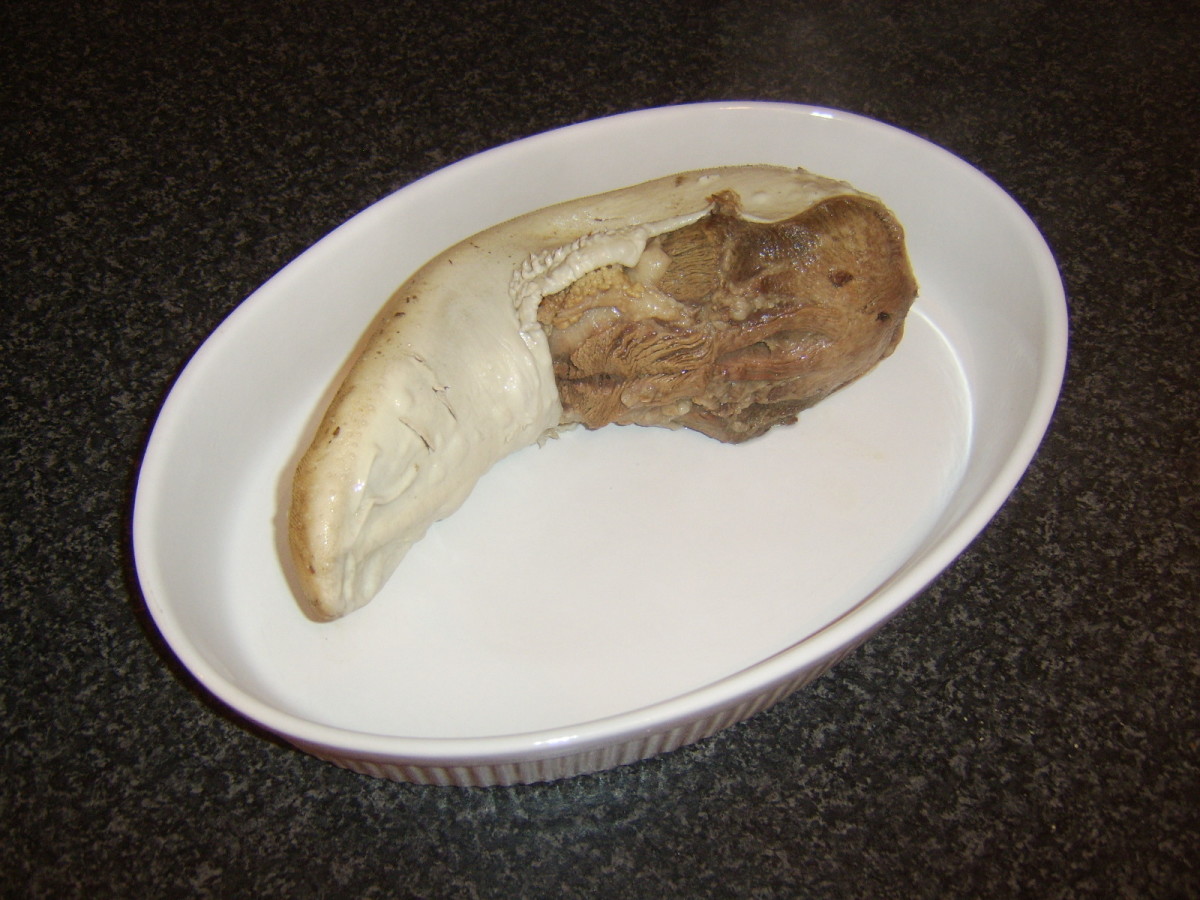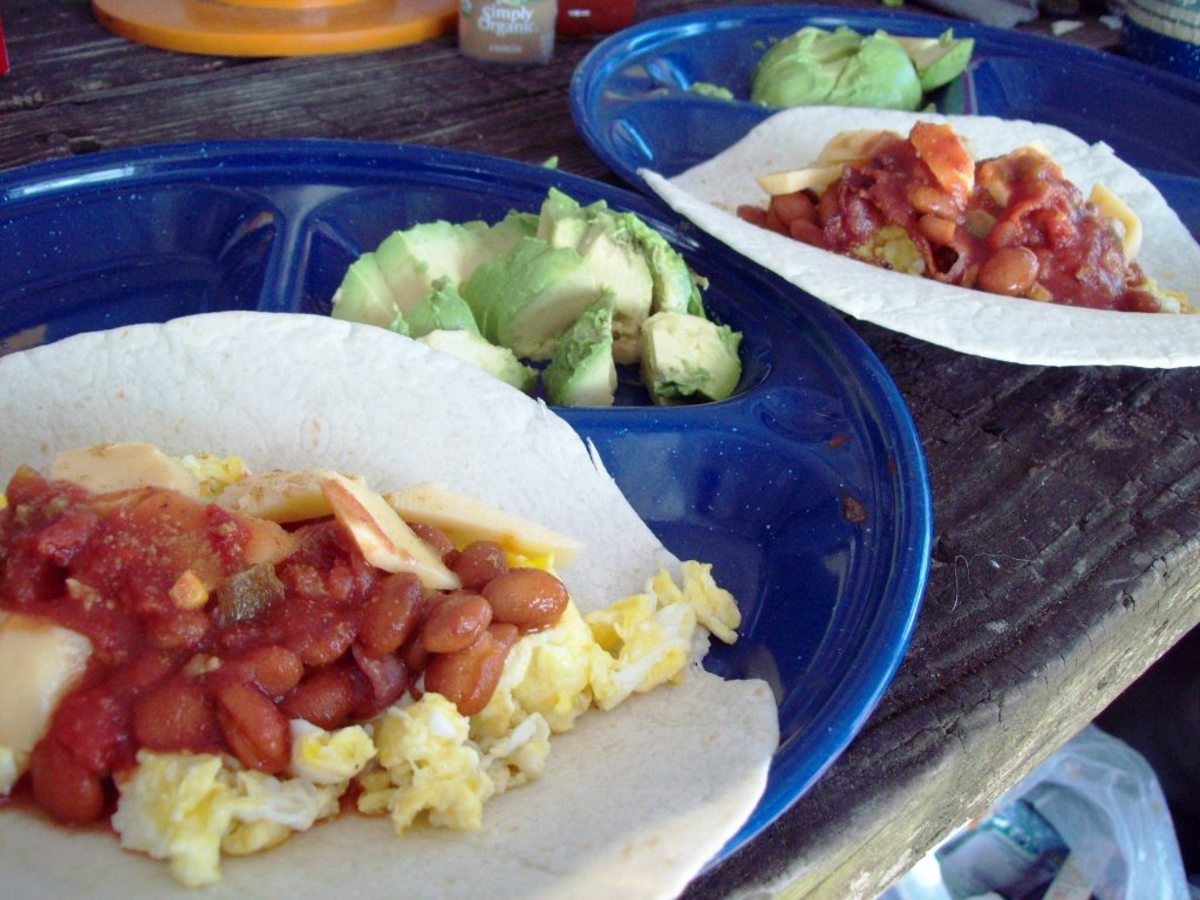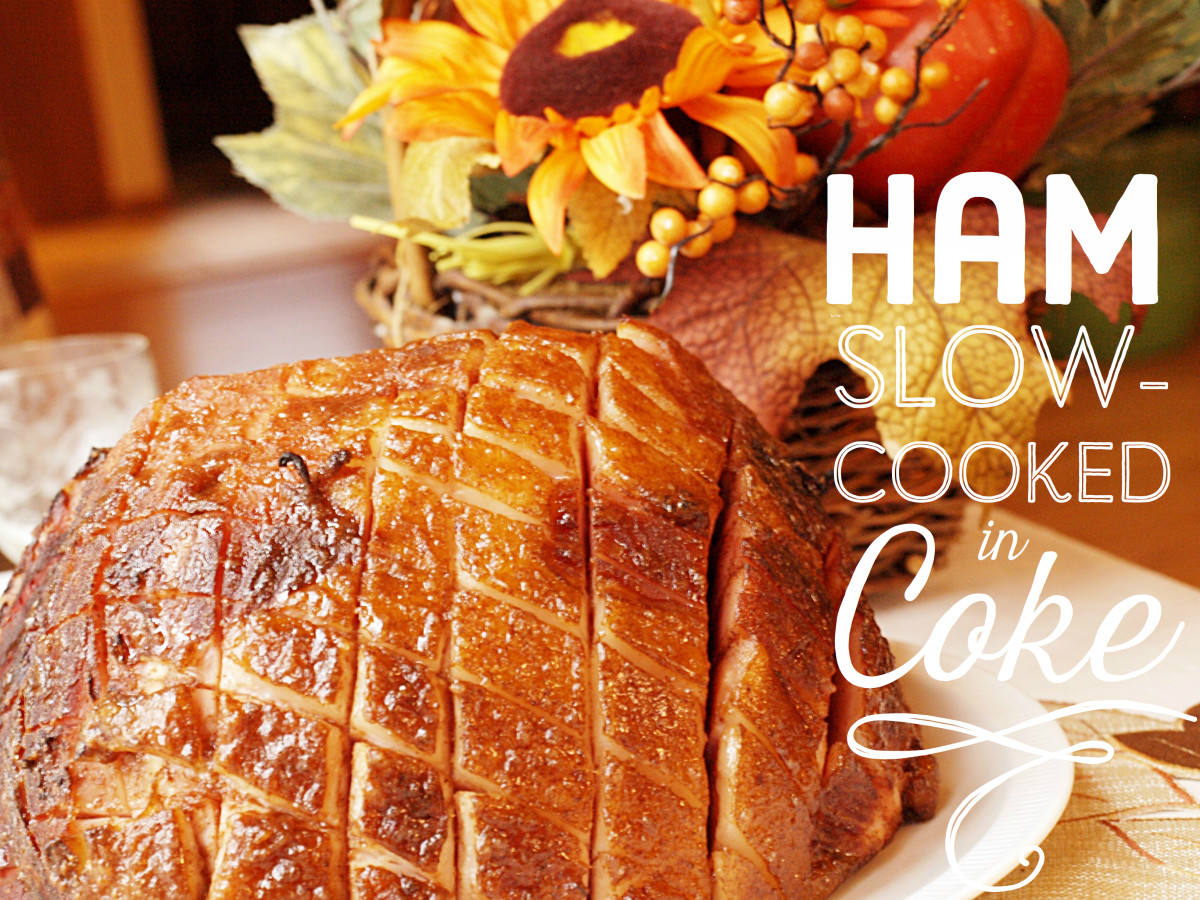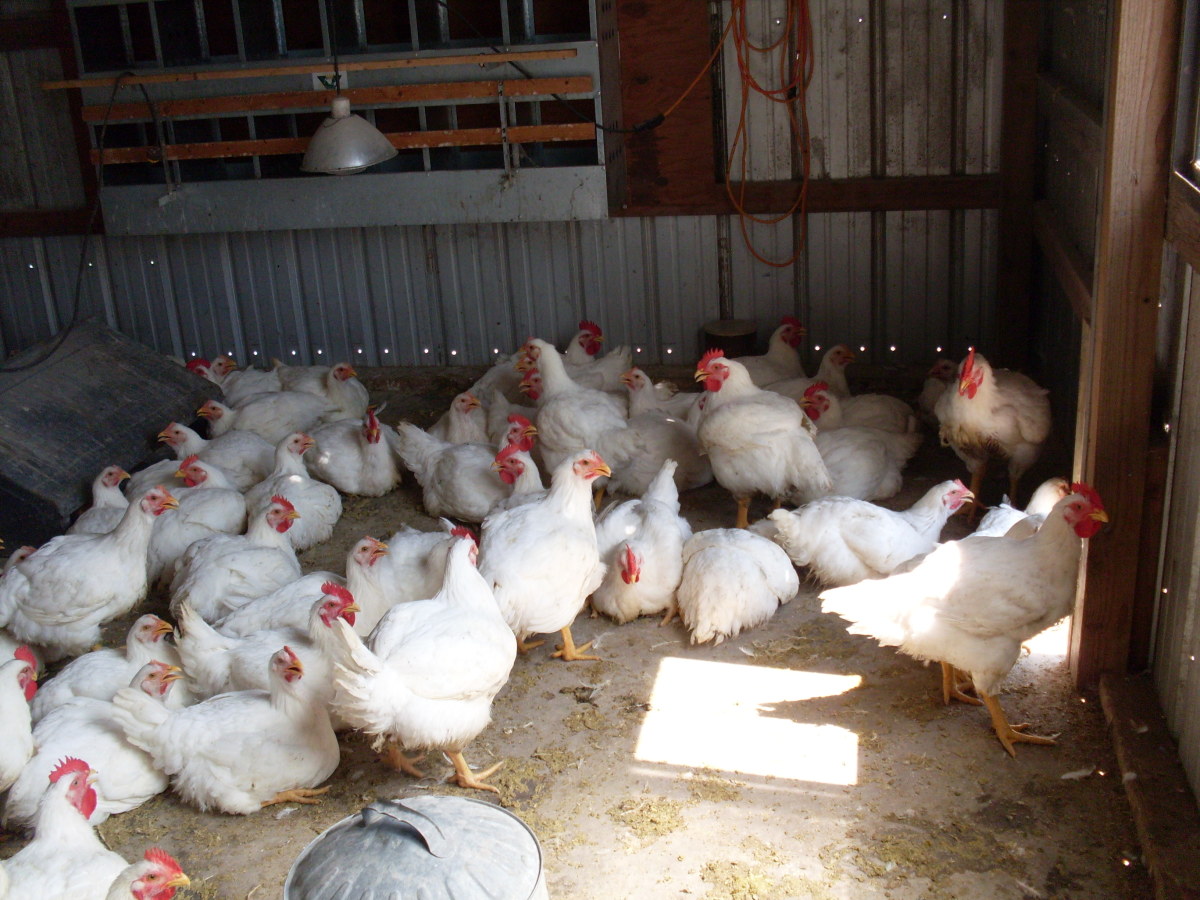How to Create Your Own Recipes
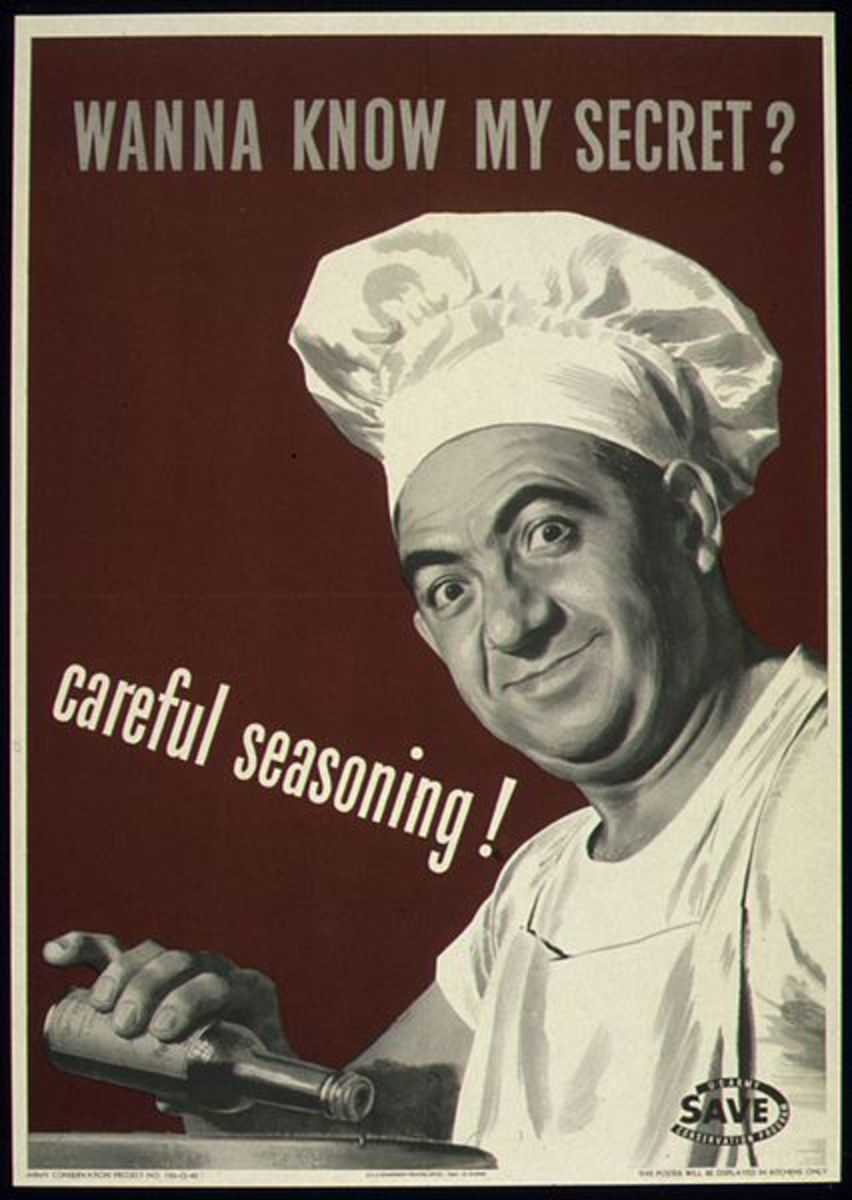
Creating Your Own Recipes
Did you know that cooking is a lot like writing?
There are two types of writers on this planet: Seat-of-the-pants (SOP) writers and Outliners. SOP writers have a rough idea of what they'd like to write, but prefer to get on with the process without much ado. Outliners meticulously plot out every scene and detail of their characters before beginning the hard work. SOP writers say their method allows the greatest creative expression and spontaneity; Outliners claim their method saves both time and energy.
There are also two kinds of cooks on this planet. Outliners carefully plan what they're going to prepare, jotting down grocery lists and buying all the necessary ingredients before they begin their culinary ventures. SOP cooks, on the other hand, head to the kitchen when they feel inspiration. After rummaging through the cupboards and refrigerator and pulling out ingredients, they create under a haze of flying flour. Sometimes they achieve that orgasmic moment: a dish so wonderful they'd only tasted it in their dreams. More often than not, an inexperienced cook will be forced to consume an unpleasant plate of food or toss their failed creation into the garbage can.
No matter what category you fall into, you are no doubt interested in saving time and money in the kitchen. What can we learn from the Outliner's method? How can it help you create your own recipes?
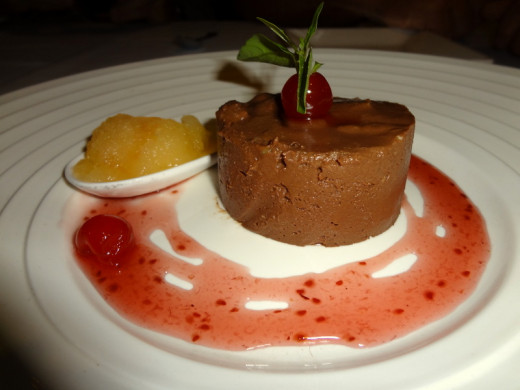
Visualize
If you feel your creativity is blocked, please see the article "Get Inspired to Create Your Own Recipes" for information on education and inspiration. But if you have in mind what you'd like to cook, what's the next step?
Visualization! Imagine the final presentation. What does it look like? If too monochromatic, how can you amp up the color? Imagine a roasted lamb chop nestled in a bed of garlic mashed potatoes. A shocking splash of crimson might be just the thing for a show-stopping creation. Why not add a drizzle of sweet pomegranate sauce?
Now break down your dish into main and complementary elements. Make sure you've chosen seasonal ingredients for best results. Is your meal built around a fillet of grass-fed beef? Or a perfectly ripe mango? Or both? It's time for a mental "taste test". What are the predominant flavors? How can you best balance those flavors? As mentioned previously, the four basic flavors recognized by the human tongue are: sweet and sour, salty and bitter. You might add spicy and umami to that list.
So if your concoction is too sweet, add something sour to create balance. For instance, the tang of lime juice tames mango's cloying sweetness. Umami is the flavor that rounds out everything. Many chefs use soy sauce to boost umami in beefy dishes.
Technique
Cooking method plays a major role in success or failure. For example, would you prefer pan seared or boiled lamb chops? Why? Often it comes down to not just flavor, but also texture or "mouth-feel".
Method is especially important when cooking proteins. Obviously, grilling would be out of the question for a tougher cut of beef such as chuck roast. But braising will break down the collagen and transform the meat into that juicy, flavorful pot roast we know and love. Some proteins, such as fish, can benefit from a variety of methods. Would you rather poach, sear, bake, fry or grill that salmon fillet? Think about the flavor and texture each technique will bring to your dish.
There are other ways to improve flavor and texture. Poultry may benefit from brining, which plumps up and tenderizes. Marinating is a popular option because it tenderizes and adds flavor dimension to beef, poultry, fish or even tofu.
What spices will you use? Think outside the box. We may consider rosemary a savory spice, but it can add a flavor explosion to traditional butter cookies. And what about finishing salts? Besides salting bland foods, finishing salts can provide a delightful final crunch. Have you heard of Andean pink sea salt? How about Maldon or Halen Mon? Imagine the visual appeal and texture they can bring to the table.
For more information, leaf through Julia Childs' Kitchen Wisdom: Essential Techniques and Recipes from a Lifetime of Cooking. A fun read, it's also a great reference book to stash on your library shelf.
Now Get Cooking!
After you've finished outlining, it's time for the hands-on work. The kitchen is where you gain real experience, and as we all know that's what counts.
Measure as you go, recording quantities and temperatures. How thick is that lamb chop? Take lots of photographs to document the process. You might need to refer to them later or publish some of them with your recipe.
Let your creativity flow. An outline is just that: an idea of how to move through the process. But don't let that stifle you. Is there a better way to season or present this dish? By all means, follow your instincts. And be sure to taste and balance flavors. Jot down the adjustments you make in your notes.
After all that work, you will find many recipes aren't up to publishing standards. Don't get discouraged. Mistakes are part of the learning process. Children don't learn to walk without tripping and falling many times. Even a seasoned chef will experience "failure". Whatever you do, keep cooking!
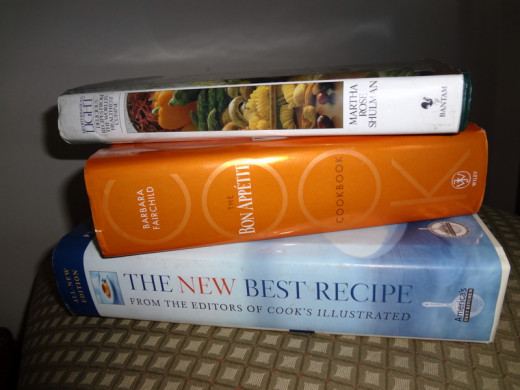
How to Stand Out
There are thousands of recipes in cookbooks and on the internet. How can you stand out in the sea of food writers?
- Develop your own unique writing style. Tell stories about the recipe. What makes it special to you?
- Develop a trademark technique. For example, Cooks' Illustrated is known for a "geeky", analytical approach while Julia Childs made French cuisine approachable for the average American home cook.
- Find a niche and make it your specialty: ethnic foods, vegan or gluten-free recipes. You could narrow it down even further. How about gluten-free Mexican food? Now that would be a challenge. Or specialize in a certain method such as the grilling/barbecue. Add your own flare. How about Chipotle duck, Szechuan trout or a sushi-style jelly roll cake?
In conclusion, never lose sight of your goal. Get in the kitchen, create delicious food and have fun doing it!
Similar Articles:
Make Money Writing Recipes Online
Writing at Hub Pages means instant gratification. You can publish as often as you like, when you like and earn money on the side. You receive plenty of support from the friendly community and learn to polish your writing. Hub Pages provides tutorials that walk you through the world of online publishing. And the longer you’re with Hub Pages, the more confidence you gain. Interested? Please click here to quickly and easily create your account: New Member Sign-Up


